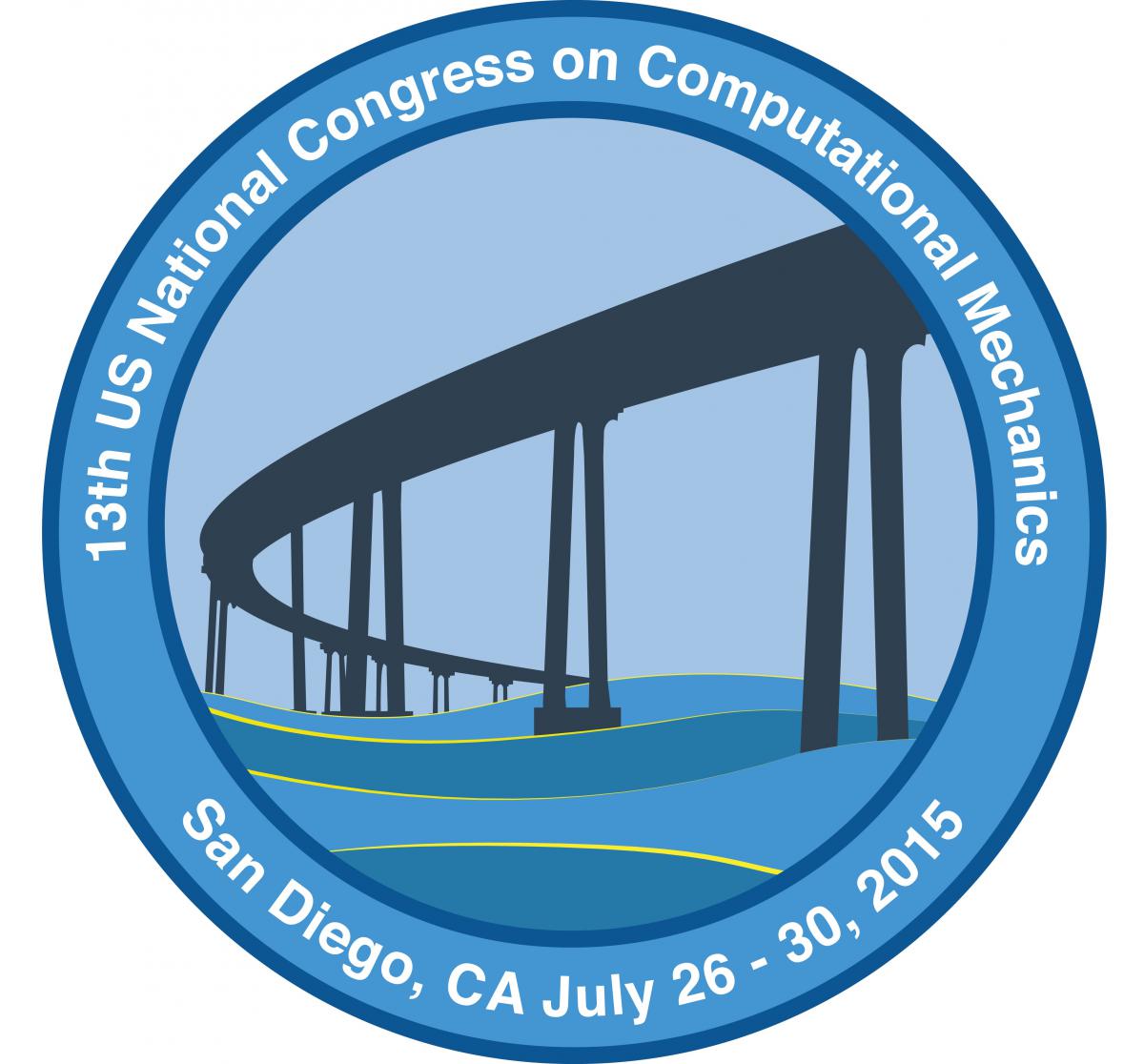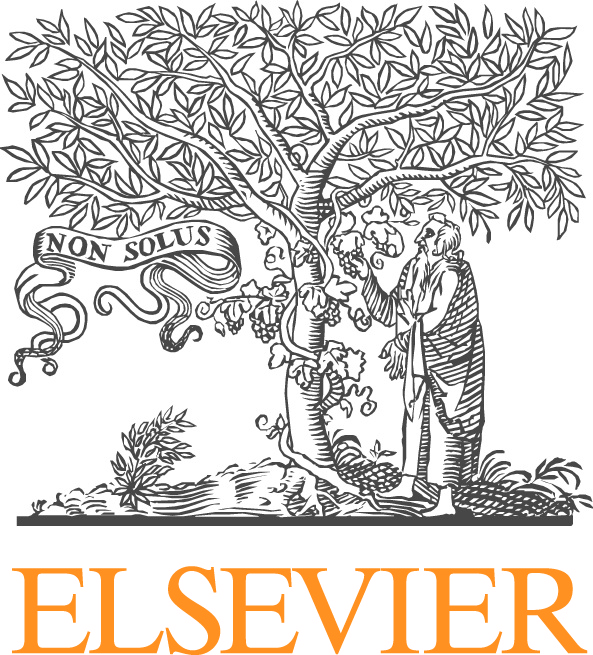Computational and Experimental Investigation of Manmade and Natural Disasters
Pai-Chen Guan, National Taiwan Ocean University
Gilbert Hegemier, University of California, San Diego
Jason Roth, US Army Engineer Research and Development Center
Lauren Stewart, Georgia Institute of Technology
• Advanced disaster simulation methods such as finite element methods, meshfree and particle methods, isogeometric analysis, discrete element methods, etc.
• Experimental methods for dynamic and impulsive loadings
• Verification and validation of disaster simulation models
• Constitutive modeling and characterization of disaster debris
• Constitutive modeling and characterization of materials under high strain rate
• Fluid-structure interaction in disaster dynamics
• Multiscale disaster simulations of disaster sequences
• Sub-scale and near full-scale experimental investigation of damage mechanisms at coupon, component, and system levels
• Experimental investigation of damage initiation, propagation, and total collapse in structures
• Experimental and computational investigations on high-rate damage and failure mechanisms in semi-brittle geomaterials such as concrete
• Analysis of ultra-high performance concrete materials for extreme events
• Experimental and computational investigations on soil liquefaction, foundation failure and debris flow
• Numerical algorithm implementation and simulation software development
• Retrofitting of existing infrastructures to minimize damage due to manmade and natural disasters
• Design of disaster resistant and resilient structures
• Large scale parallel computation and scalable algorithms





